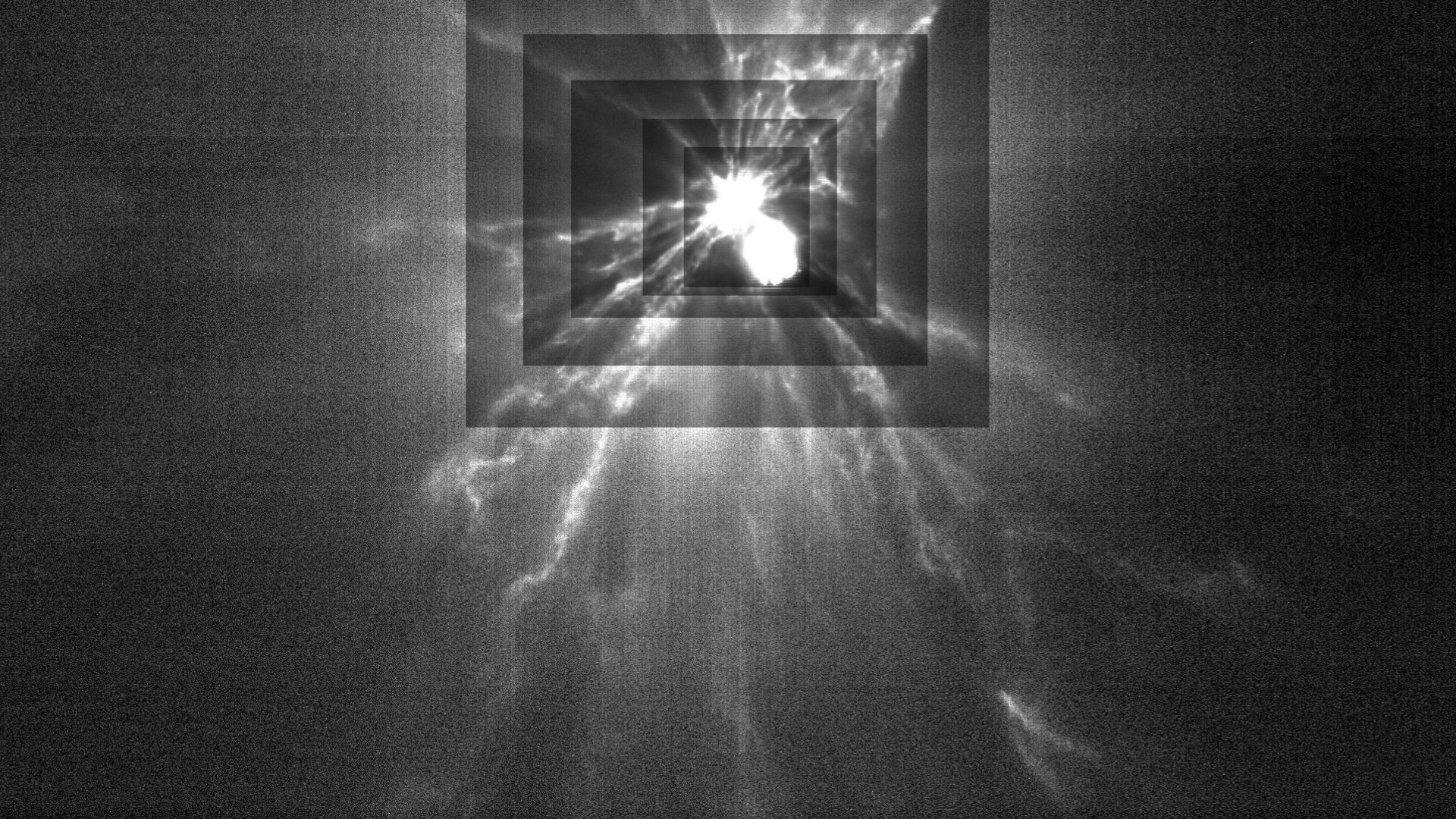New Delhi: In September 2022, NASA executed the first asteroid deflection test with a kinetic impactor, or ramming the Double Asteroid Redirection Test (DART) spacecraft into the side of a rubble-pile asteroid called Dimorphos, itself a moonlet in orbit around a larger asteroid, Didymos. The binary system was a perfect target to evaluate the capabilities of humans to defend the planet against asteroid impacts using kinetic impactors. The impact changed the orbit of the asteroid as intended, but also unleashed a massive barrage of boulders that carried more than three times the momentum of the spacecraft itself, an unintended consequence that has implications for future asteroid deflection efforts.
Researchers used images from the LICIACube spacecraft deployed by the DART mission before the impact, to track 104 boulders ranging in size between 0.2 to 3.6 metres across, as they moved away from the Dimorphos at speeds up to 52 metres per second. The images were used to determine the three-dimensional locations and velocities of the ejected boulders. The ejected boulders were in two clusters. The scientists suspect that the larger boulders were from rocks on the surface shattered by the solar panels of the spacecraft just before the impact. The research is important for ensuring that any asteroid deflection attempts have predictable outcomes.
DART impact will guide future missions
Dimorphos is a rubble-pile asteroid, a collection of boulders and gravel held together under the tenuous grip of gravity. The research reveals that the composition of asteroids is important for planning any future asteroid deflection missions. A paper describing the findings has been published in The Planetary Science Journal. Lead author of the paper, Tony Farnham says, “We succeeded in deflecting an asteroid, moving it from its orbit. Our research shows that while the direct impact of the DART spacecraft caused this change, the boulders ejected gave an additional kick that was almost as big. That additional factor changes the physics we need to consider when planning these types of missions.”
